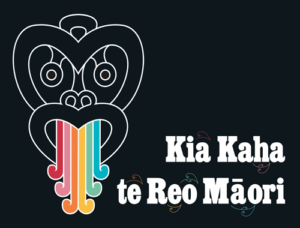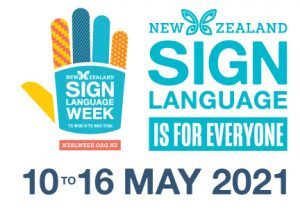By Tara Israelson – Nīkau Head Teacher – Preschool
Ngā mihi nui, you may have seen a video appear on the Community Facebook page with a “kupu o te wiki” – a word for the week. This is an initiative to bring Te Reo Māori into focus for us as a community, and to help prepare for Te Wiki o Te Reo Māori, held in September every year. Te Wiki o Te Reo Māori began as a Māori Language Day on September 14, 1972 when the Māori Language Petition was presented at Parliament. Three years later this celebration of te reo Māori was extended to a week. The petition, with 30,000 signatures, was supported by Ngā Tamatoa, The Māori Language Society of VUW, and Te Huinga Rangatahi and urged the government to allow teaching of Te Reo Māori in schools. By the early 1980s there were more initiatives dedicated to the revitalization of Te Reo Māori, with the first Kōhanga Reo opening in Wainuiomata in 1982. By 1985 revitalization efforts were increasing in such a way that the Te Reo Māori Claim, stating that the language was a taonga needing protection under Te Tiriti o Waitangi, was taken to the Waitangi Tribunal. The claim was successful and Te Reo Māori was made an official language of Aotearoa New Zealand in 1987. There are now many Kōhanga Reo, Kura Kaupapa Māori, and Whare Wānanga where children, older students and adults can learn not only Te Reo Māori but Kaupapa Māori and Mātauranga Māori. There are Māori radio stations, television channels, and many online resources that support learners and speakers at all stages of their journey. While the complete history of Te Reo Māori is too long to study here, there are many online resources available. Information shared here has come from: https://nzhistory.govt.nz/culture/maori-language-week/history-of-the-maori-language. Reading the comments following the articles is highly recommended as they share personal accounts of members of The Māori Language Society and Ngā Tamatoa.
This week the kupu o te wiki will be joined with NZSL – New Zealand Sign Language as this week celebrates NZSL. NZSL has been formally used in Aotearoa New Zealand since 1995, although it had been developing since the late 1880s. Signing in schools was actually prohibited until the 1970s, however, the natural will to communicate meant that signing was being used covertly by Deaf students in their schools. By the 1970s dissatisfaction with the education system for Deaf students drove authorities to introduce sign language into classrooms for Deaf children. NZSL continued to grow naturally through use and by the mid 1980s the term NZSL was introduced and a dictionary for NZSL developed. Awareness of NZSL grew and so did support for the language. By 2006, after decades of advocacy by the Deaf community, NZSL was formally recognised as an official language here. Interest and support for NZSL continues to grow and many resources have been developed. Again, the history of NZSL is far too long to study here but check out these resources: https://teara.govt.nz/en/new-zealand-sign-language and https://nzslweek.org.nz/. The taster classes are fun and when done in a group you have opportunities to practice with friends and colleagues. For each of us it may feel small, the one word or phrase that we memorize, the greeting that we use every day, but it’s not small. Poipoia te kākano kia puāwai – nurture the seed and it will grow.

